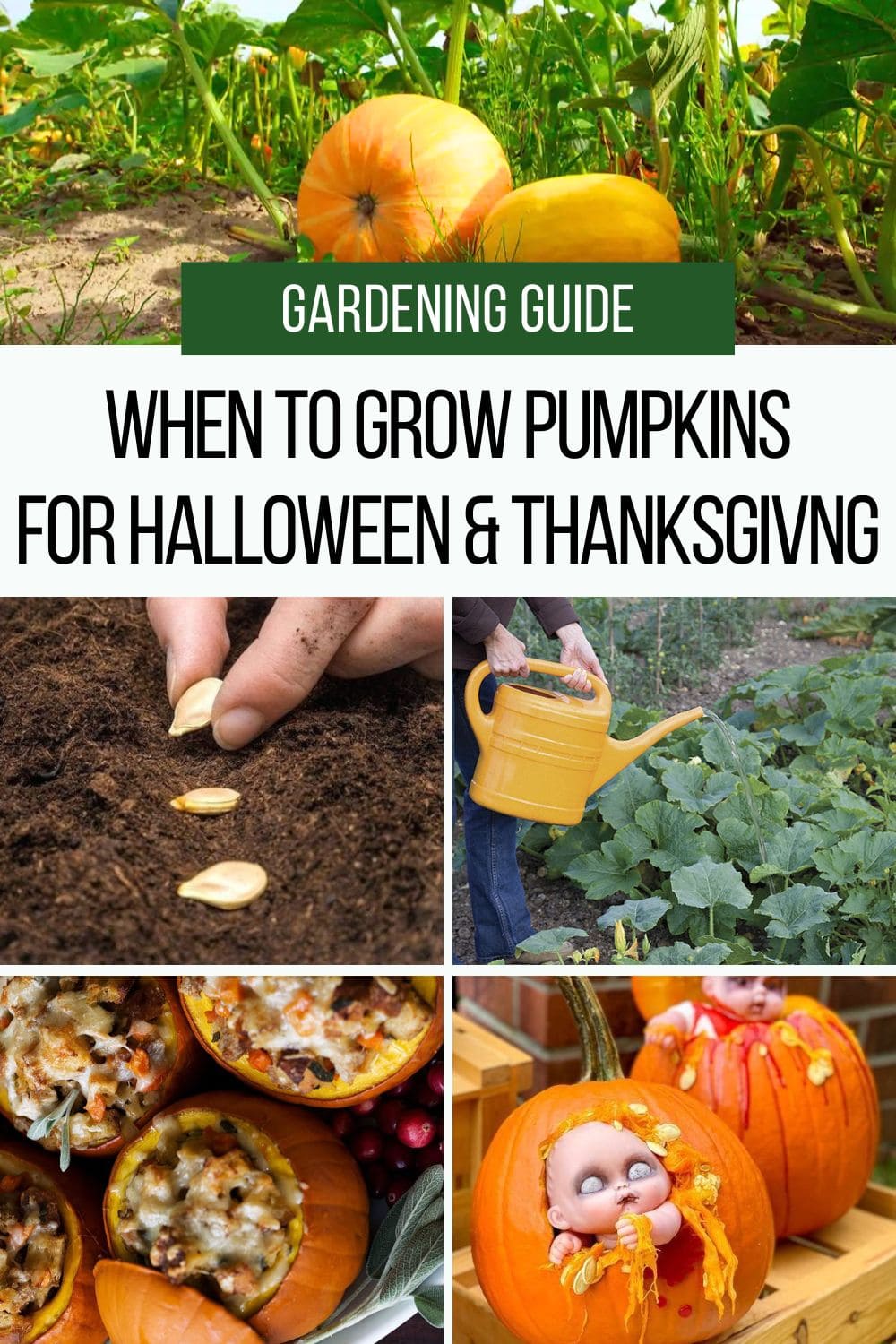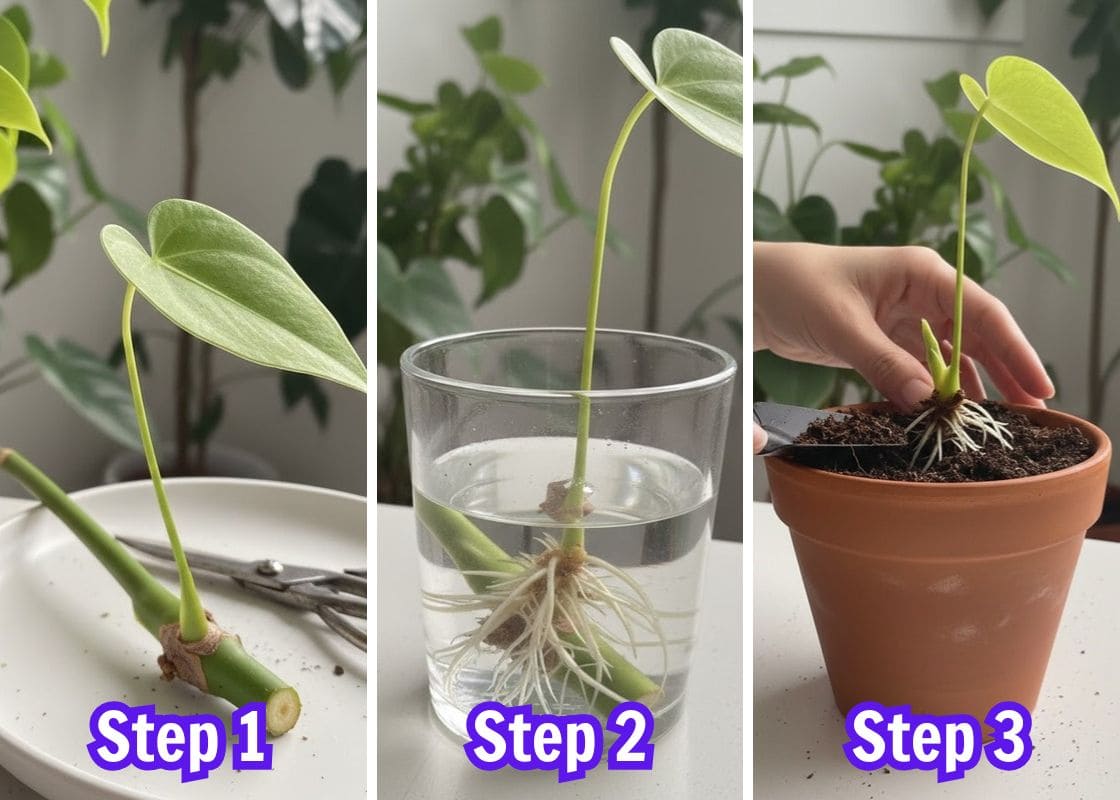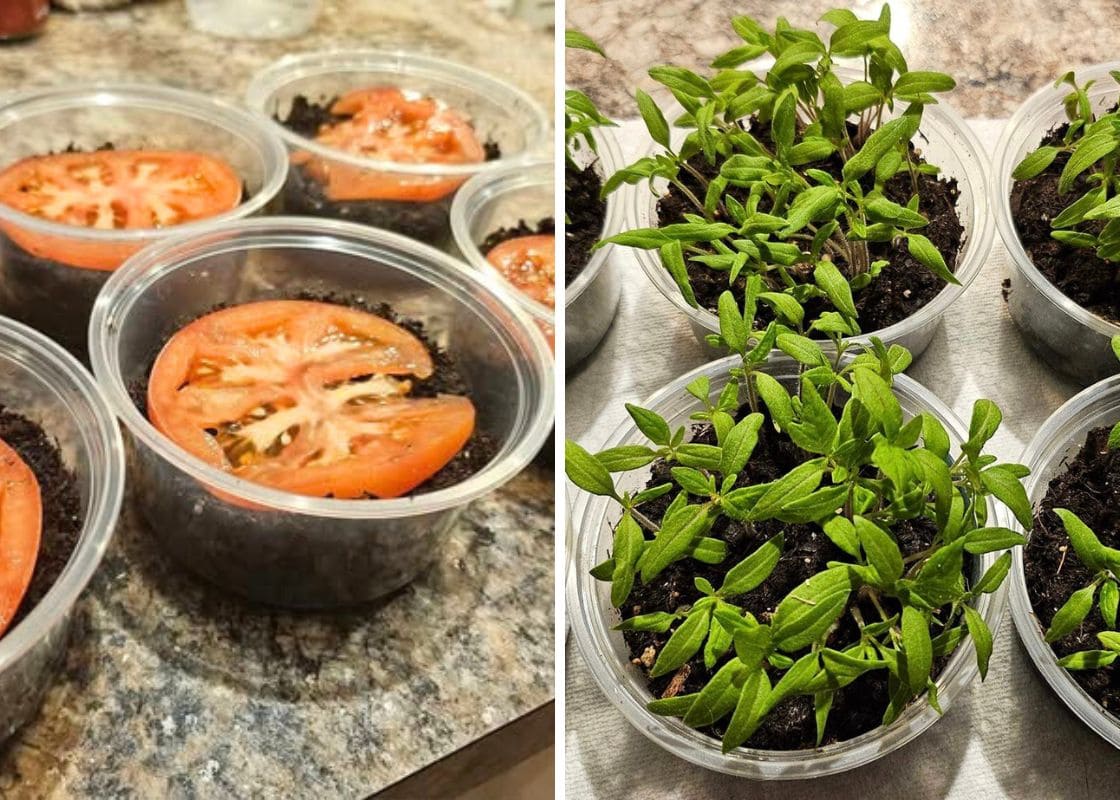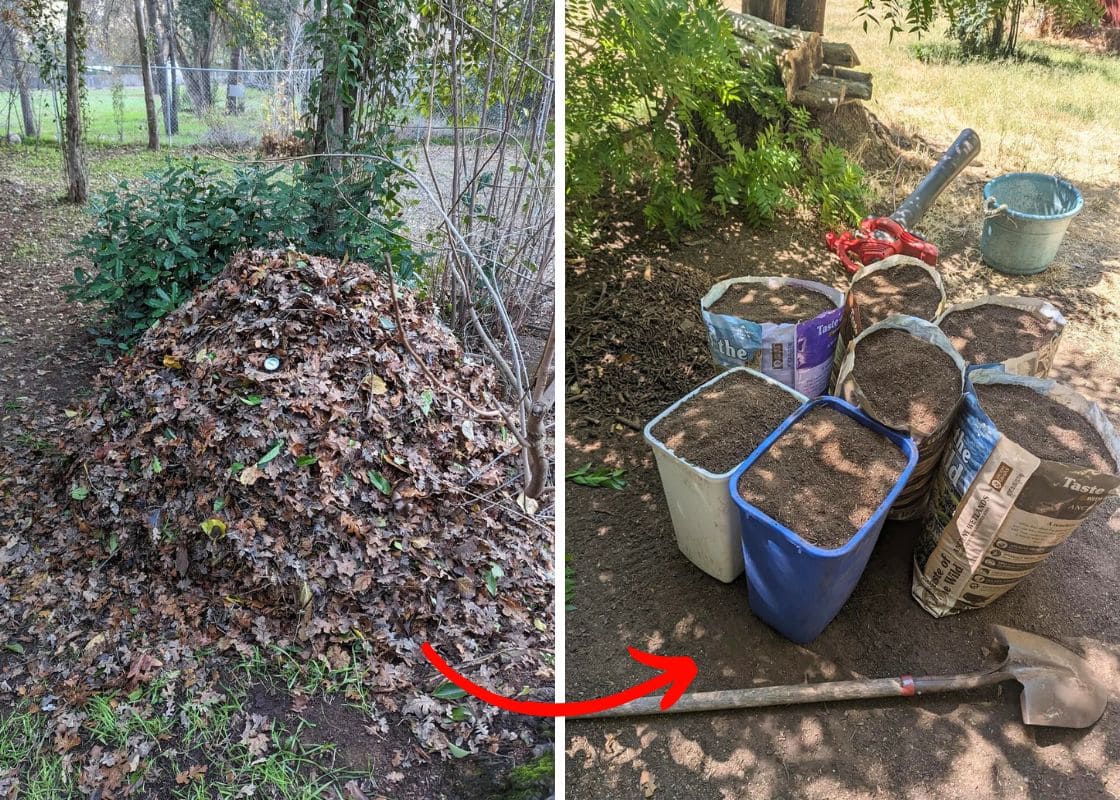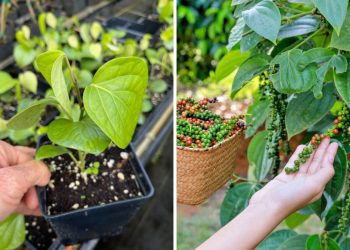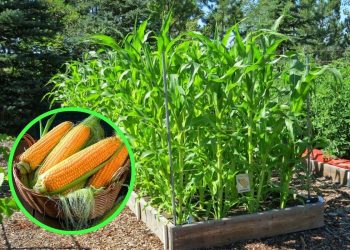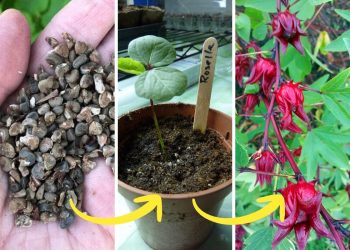There’s something magical about harvesting your own pumpkins just in time for Halloween carving or a Thanksgiving feast. But to make that happen, timing is everything.
Pumpkins are not a last-minute crop, they need plenty of warm days, room to sprawl, and the right planning to give you the picture-perfect results you want when autumn arrives.
Why Timing Is So Important
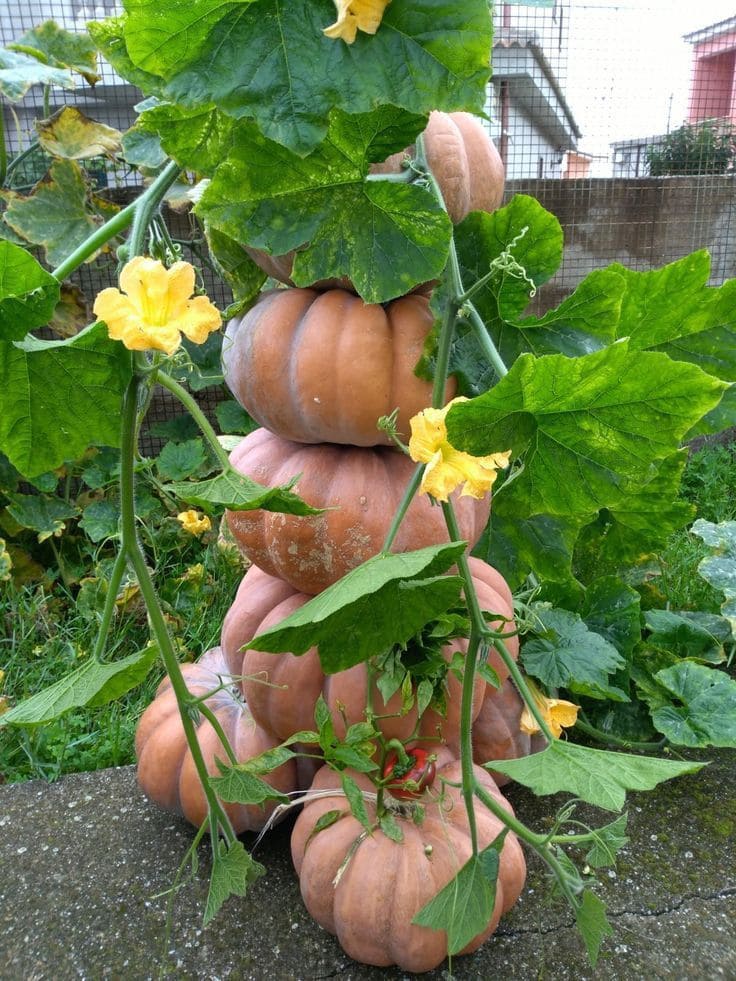
Pumpkins don’t grow overnight. Depending on the variety, most take anywhere from 80 to 120 days to fully mature.
That means if you’re dreaming of jack-o’-lanterns glowing on your porch in late October or want smooth-skinned heirlooms for pies and centerpieces in November, you’ll need to work backward from those dates.
Harvesting too early can leave you with rotten pumpkins before the big day, while waiting too long might mean dealing with underripe or frost-damaged fruit.
When to Plant Pumpkins Based on Your Climate
Timing varies depending on where you live. Gardeners in northern zones, like Zones 3 to 5, need to start seeds indoors in late April or early May, then move them outside in late May or early June once frost danger has passed.
If you’re in Zones 6 or 7, mid to late May is usually safe for direct sowing in the garden. Those in warmer southern zones can wait until late June or even early July to start pumpkins intended for Halloween displays.
And if Thanksgiving is your main goal, starting in early August can still give you a nice harvest of pie-worthy squash.
The key is making sure your soil is warm, at least 65°F because pumpkins won’t germinate in cold ground.
Choosing the Right Pumpkin Variety

If you’re tight on time, small decorative types like ‘Jack Be Little’ mature quickly and are great for table displays. Traditional orange carving pumpkins such as ‘Howden’ or ‘Autumn Gold’ generally need around 100 days.
For baking and more unusual decor, look for ‘Cinderella’, ‘Fairytale’, or ‘Long Island Cheese’ pumpkins. These can take up to 120 days, but they’re worth the wait with their dense flesh and beautiful colors.
If you’re aiming for both holidays, consider planting more than one type to cover both your carving and cooking needs.
Indoor Starts vs. Direct Sowing Pumpkin Seeds
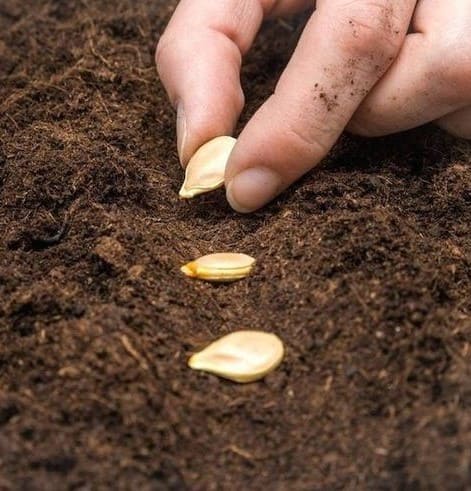
Gardeners in colder areas often get a head start by planting pumpkin seeds indoors about two to three weeks before the last expected frost.
Use biodegradable pots so you can transplant them without disturbing the roots too much. This is especially helpful if your growing season is short.
On the other hand, if you live in a warm climate or have plenty of growing time, you can plant seeds directly in the ground once the soil has warmed up.
Direct sowing avoids transplant shock and often results in faster root establishment.
How to Time Your Planting Just Right
Here’s a helpful trick: count backward from your ideal harvest date.
For example, if you want pumpkins ready by October 15th and you’re growing a 100-day variety, you should plant seeds around July 7th. Add an extra week or two for cushion, especially if weather tends to fluctuate in your area.
If you’re planning for Thanksgiving pumpkins, you can often get away with planting a little later, aim for early to mid-August in warmer regions.
Tips for a Healthy Pumpkin Patch
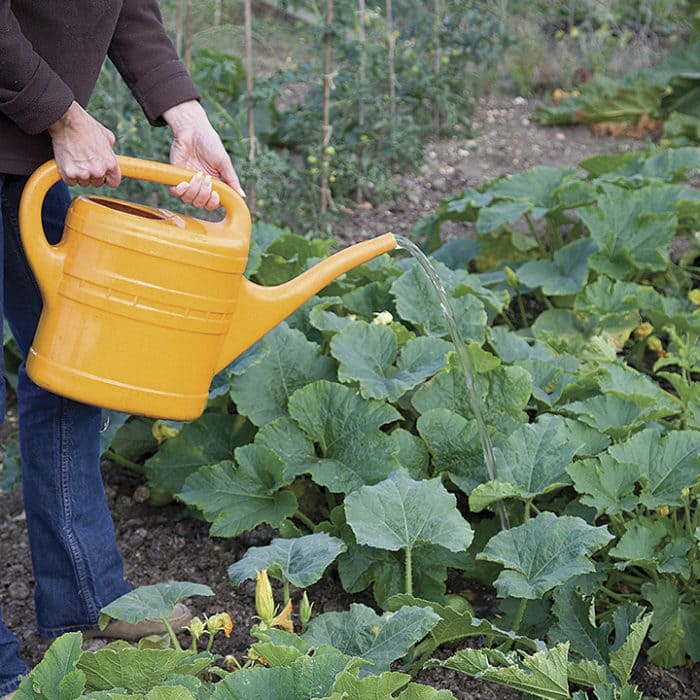
Pumpkins love sunlight and need at least six to eight hours a day. Give them rich, well-draining soil and plenty of space as these vines don’t like to be crowded.
You also use mulch to hold moisture and prevent weeds. Water consistently, especially once fruit starts forming, as inconsistent moisture can lead to cracking or poor development.
If pests like squash bugs or powdery mildew are common in your area, consider using row covers early on or planting disease-resistant varieties.
How to Know When Pumpkins are Ready
A ripe pumpkin has a deep, solid color and a hard rind that doesn’t dent easily with your fingernail. The stem should be dry and corky.
You can give it a gentle thump, if it sounds hollow, that’s a good sign it’s ready to harvest.
Don’t wait too long, though. A hard frost can damage the fruit, even if it looks fine on the outside.
Storing Pumpkins for the Holidays
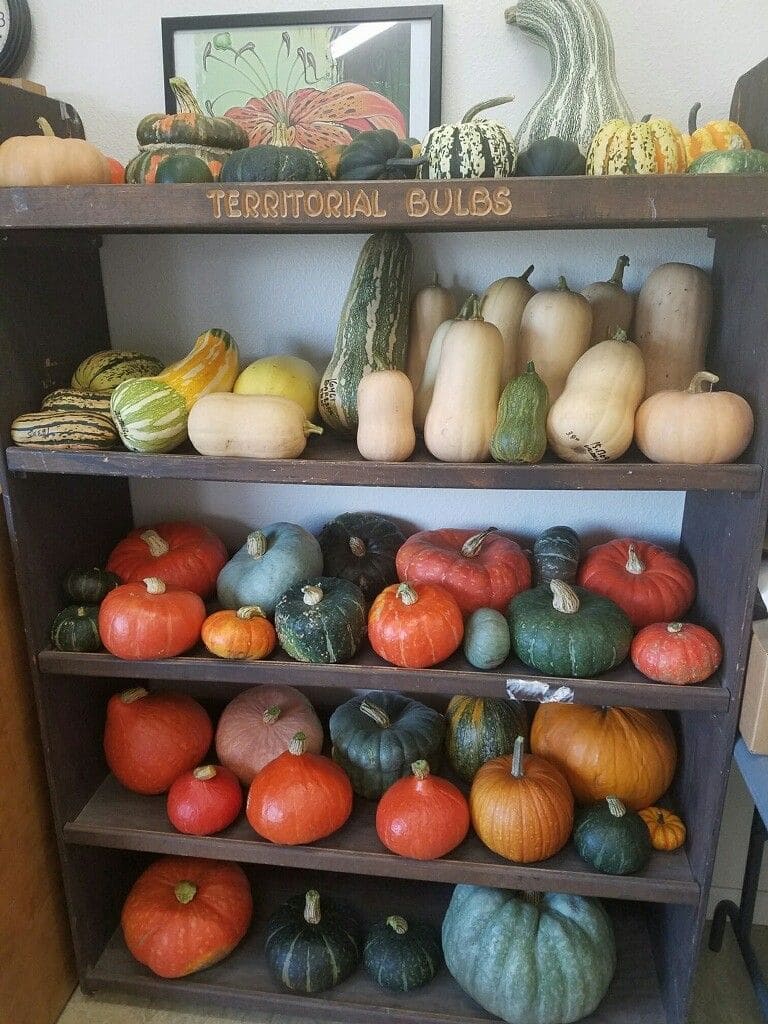
After harvesting, place pumpkins in a sunny, dry area to cure for about a week. This helps harden their skin and extend their shelf life.
Once cured, store them somewhere cool and dry, ideally between 50 and 60°F.
You should handle them carefully, avoiding cuts or bruises, which can cause rot. If stored properly, pumpkins can last for months, letting you enjoy your harvest well into late fall.
Extend the Season With Succession Planting
If you want pumpkins for both Halloween and Thanksgiving, consider staggering your planting. Start an early batch indoors, then plant a second round outdoors a few weeks later.
This gives you a rolling harvest window and ensures you always have fresh pumpkins on hand, whether it’s for carving, cooking, or decorating your autumn porch.
Read more: 30 Creative No-Carve Pumpkin Painting Ideas You’ll Love to Try
